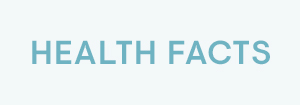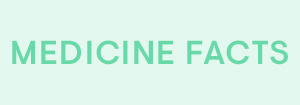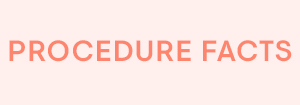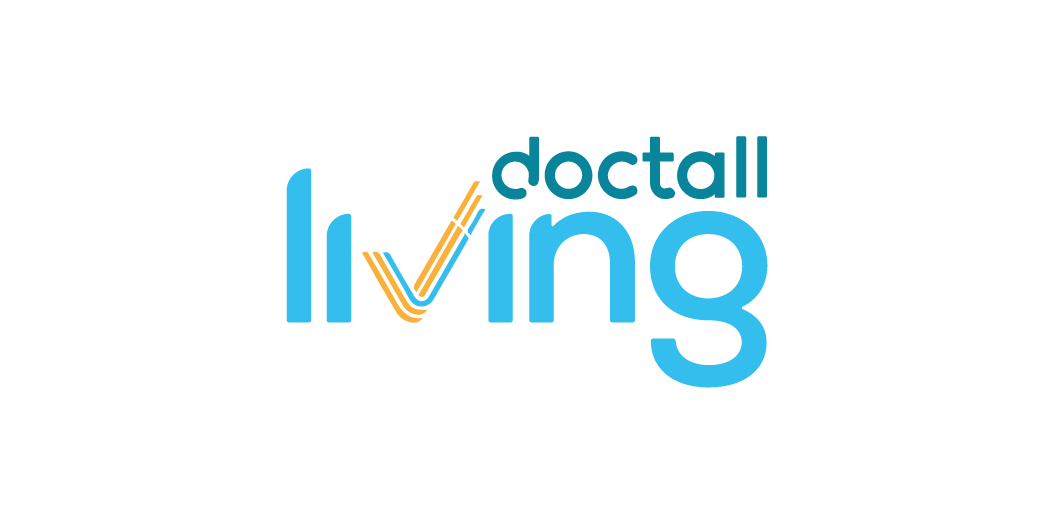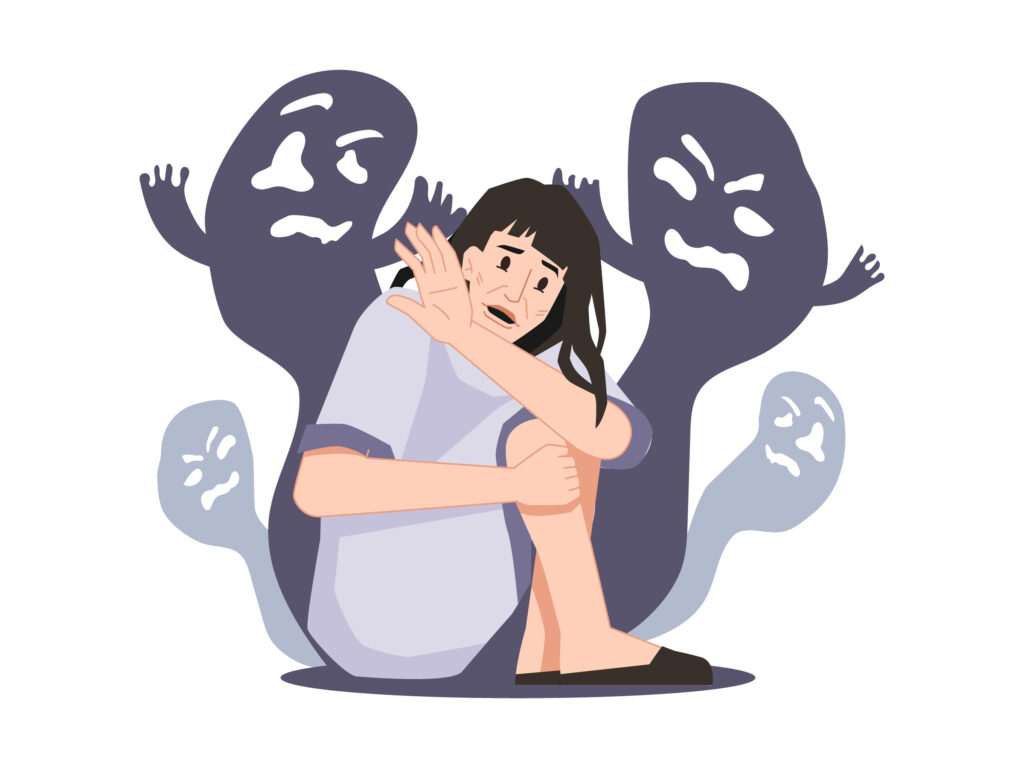
Overview
Hallucinations are psychological or mental occurrences. These are mental states that imply the falsity of sensory experiences. There may be no nervous stimulation transmitted across the sensory modalities. Still, an individual may begin to sustain false sensory perceptions such as nonexistent touch, smell, vision, and taste, including nonexistent nociceptive and proprioceptive movements.
Many factors may be responsible for hallucinations, such as Drugs (LSD, DMT), sleep disorders, brain tumours and seizures, and clinical conditions like schizophrenia, psychosis, epilepsy etc.
Hallucination is gotten from a Latin word that implies a wandering mind.
Key Facts
- Hallucinations are false perceptions of what doesn’t exist as though it/they exist.
- The Latin root word of “hallucination” is “alucinari”, meaning a wandering mind.
- Hallucinations may be caused by mental disorders, the use of drugs or neural stimulations (peduncular hallucinations).
- They are different types of hallucinations given the other sensory modalities.
- Symptoms include seeing false images, colours, and shapes—hearing voices, smelling false odours, depression etc.
- They are several treatment plans like CBT, blood function tests, MCT, MRI, and rTMS, among others.
Types of Hallucinations
Consequently, through the different modalities of these false sensorial experiences, hallucinations manifest in various sorts, namely,
- Visual
An individual may see false objects, shapes, colours, light flashes, and places, among others.
- Auditory
It’s the most common form of hallucination. An individual may experience false sounds like hisses, voices, whistles, and tones.
- Olfactory
An individual may perceive odours that don’t exist or mentally mistake an already perceived scent for another (olfactory illusion).
- Tactile and somatic
Someone may experience different kinds of touch and pressure on the skin, like crawling, twists, itches etc. These hallucinations are common in drug cases.
- Proprioceptive
A person may feel that there are internal movements in the limbs’ joints and muscles.
- Taste or gustatory
A false taste stimulus is sent to the taste buds, and the person tastes what doesn’t exist. This type is commonly associated with epilepsy.
However, the category may not be limited to the above list. Meanwhile, all these types of hallucinations are associated with various causes.
Symptoms
Symptoms of hallucinations are based on the different sensory modalities involved.
- Vision: The individual may describe or talk about a picture, object, colour or shape, and even flashlights they see. Others around them can not see that.
- Taste: the person may suddenly develop flavours that don’t exist, like a metallic taste. Or the individual may taste something different from others
- Olfaction: the person may mistake one smell for another as the brain’s misinterpretation. Or the person may perceive odours that are not there.
- Auditory: the person may hear sounds and tones, strange or familiar voices when others can listen to them.
- Feelings and touches: the individual may feel crawling movement on the skin—itches, twists etc.
- Moodiness and weirdness.
- The mental misconception of events
- Unusual notions and assumptions.
- Headaches, seizures.
Diagnosis
The healthcare provider involved may approve different diagnostic procedures, which may help to treat and manage the condition.
- Physical Examination
The healthcare provider will first collect the subject’s medical history before conducting a physical examination.
- Test involving Blood Function
The blood function test will help inspect the disorders in metabolic activities in the body. Through a blood test, the use of drugs will be known.
- (MRI) Magnetic Resonance Imaging
The image report will be used to study brain anatomy to detect disorders and malfunctions like tumours.
- (EEG) Electroencephalogram
The electroencephalogram will be used to monitor and detect disorders in brain activities. Seizures can be seen via EEG.
Causes
The following factors and conditions may bring about different kinds of hallucinating experiences.
- Drugs and substances
In this case, both the use of drugs/substances and their withdrawal may cause hallucinations.
The use of drugs called hallucinogens like LSD (Lysergic acid diethylamide), amphetamines, cocaine and DMT (N, N-Dimethyltryptamine) will undoubtedly make an individual hallucinate.
Alcoholic hallucinosis is caused by alcoholism.
Given the above, the withdrawal of the drug may also induce hallucinations.
- Diseases or disorders
Several psychological and brain conditions may result in hallucinating effects. These are brain tumours, dementia, seizures, sleep disorders, schizophrenia or psychosis (insanity), postpartum mental health disorders (common among parents after childbirth), sensory illnesses, Post-traumatic stress disorder (PTSD), narcolepsy, Parkinson’s disease, neurological conditions, metabolic conditions, Delirium tremens among others.
Preventions
While there may be no sure and promising ways to prevent hallucinations, certain positive lifestyles can be cultivated and practised. These include:
- Shunning alcoholism and illegal drug intake.
- Psychoeducation. This will encourage society to understand the entire scope of an individual mental and psychological well-being. Therefore, individuals will live by or practise positive behaviours.
- Having an active social life is pivotal in building our emotional well-being.
- Activities like regular exercise, reading, meditation, music lifestyle etc, are positive lifestyles to adopt.
Typical Treatment
The following are several treatment plans and techniques that can be adopted.
- Medications for mental-related hallucinations
For the types caused by mental diseases and dysfunction, the drugs to be administered are:
- Antipsychotics, also called neuroleptics, are a category of psychotropic medicines for treating psychosis, schizophrenia, hallucinations etc. Examples are Chlorpromazine and Haloperidol.
- Atypical antipsychotics or serotonin dopamine antagonists (SDAs. They are neuroleptics.
- Cognitive Behavioural Therapy (CBT)
CBT is generally employed to treat and manage vast mental and psychological conditions. Studies show that CBT is suitable for managing hallucinations.
CBT aims at exchanging or replacing mental distortions (negative thoughts, attitudes and beliefs) with positive thought patterns.
- Metacognition Training (MCT)
A therapy used to treat conditions like psychosis and schizophrenia. Steffen Moritz and Todd Woodward developed it.
MCT works just like CBT but has to do with correcting cognitive biases that suppress positive symptoms.
- Repetitive Transcranial Magnetic Stimulation (rTMS)
A non-invasive surgical process designed to place a piece of magnetic equipment on the skull and made of a coil of wire that transmits electricity and generates a magnetic field. This is used to induce electrical activity in the neurons.
- Coping and Social care
This has to do with socially coping with the condition. The individuals may cultivate habits to defend themselves from external/internal demands that will trigger the situation.
The people around these implicated individuals also need psychoeducation. The education will enable them to cope better with the victims. The behavioural modification here involves relaxation strategy, reading a book, taking a walk, watching TV, listening to music, meditating etc.
Conclusion
Hallucinations are illusions, so to speak. Therefore anyone with these experiences will manifest specific strange symptoms and behavioural patterns. These complexities in personality could make them misunderstood or judged as weird and crazy by others. For this reason, psychoeducation has a pivotal role to play in society.
Also, different treatment plans may come in handy by which a professional healthcare provider can engage.
MOST COMMON
